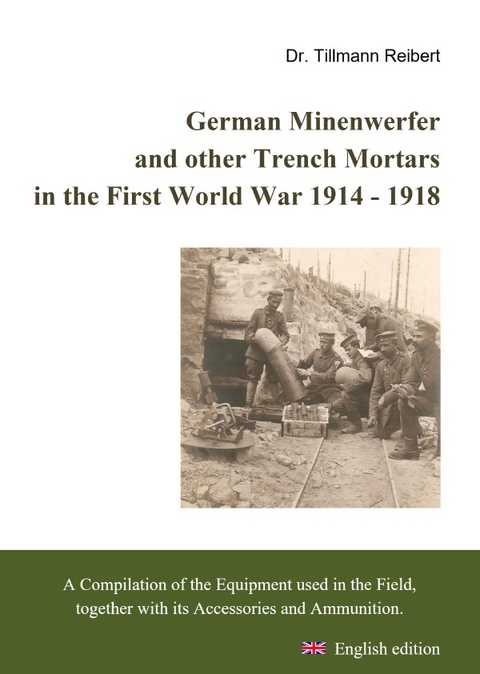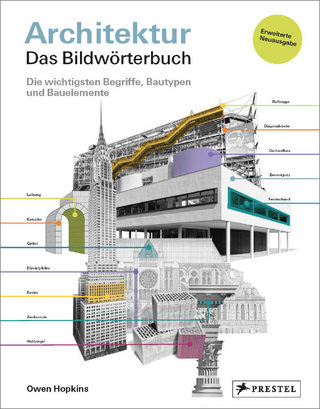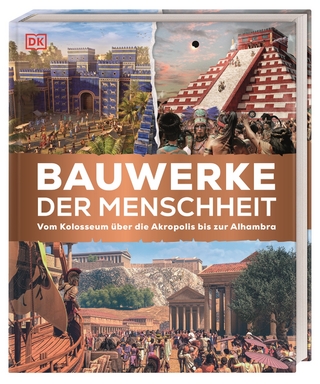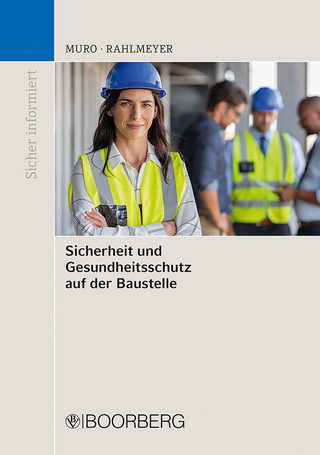
German Minenwerfer and other Trench Mortars in the First World War 1914 - 1918
A Compilation of the Equipment used in the Field, together with its Accessories and Ammunition
Seiten
2024
|
2. Auflage
epubli (Verlag)
978-3-7598-1442-5 (ISBN)
epubli (Verlag)
978-3-7598-1442-5 (ISBN)
Description of the German Minen- and Granatwerfer 1914 - 1918 in word and images.
The First World War was the conflict in which the dominance of artillery reached its peak. As a result, positional battles were fought on an unprecedented scale. Nevertheless, there were tactical tasks that artillery could not fulfil. Hitting small targets at close range with pinpoint accuracy was not possible with the existing guns. In addition, steep-fire weapons that could throw their projectiles into the trench systems at a high angle of incidence were required to engage targets behind cover. The lack of such weapons led to the development of trench mortars, which were quickly designed and manufactured by all the warring parties.
This book is the first to present the German Minenwerfer and other Trench Mortars in their entirety. The development history of the guns can be traced using numerous original sources. Furthermore, the devices are described in terms of how they worked and the accessories, ammunition and operation are explained.
In addition to conventional Trench Mortars, the description also includes devices powered by compressed air and mechanical launchers.
With this work, the author has succeeded for the first time in presenting a complete technical-historical picture of the German Minenwerfer and other Trench Mortars - the weapons which, after artillery, were responsible for the most casualties in the First World War.
The First World War was the conflict in which the dominance of artillery reached its peak. As a result, positional battles were fought on an unprecedented scale. Nevertheless, there were tactical tasks that artillery could not fulfil. Hitting small targets at close range with pinpoint accuracy was not possible with the existing guns. In addition, steep-fire weapons that could throw their projectiles into the trench systems at a high angle of incidence were required to engage targets behind cover. The lack of such weapons led to the development of trench mortars, which were quickly designed and manufactured by all the warring parties.
This book is the first to present the German Minenwerfer and other Trench Mortars in their entirety. The development history of the guns can be traced using numerous original sources. Furthermore, the devices are described in terms of how they worked and the accessories, ammunition and operation are explained.
In addition to conventional Trench Mortars, the description also includes devices powered by compressed air and mechanical launchers.
With this work, the author has succeeded for the first time in presenting a complete technical-historical picture of the German Minenwerfer and other Trench Mortars - the weapons which, after artillery, were responsible for the most casualties in the First World War.
1972 geboren in Braunschweig 1991 Abitur am Rhön-Gymnasium, Bad Neustadt/S. 1991 - 1992 Grundwehrdienst 1992 - 1998 Studium Allgemeiner Maschinenbau an der TU Darmstadt seit 1998 Berufstätigkeit in der Industrie mit Schwerpunkten Fertigungstechnik / Lean Production 2009 - 2013 Promotionsstudium an der UHH im Fach Geschichte der Naturwissenschaften
| Erscheinungsdatum | 16.05.2024 |
|---|---|
| Sprache | englisch |
| Maße | 170 x 240 mm |
| Gewicht | 578 g |
| Themenwelt | Sachbuch/Ratgeber ► Natur / Technik ► Technik |
| Technik | |
| Schlagworte | Artillerie • Erster Weltkrieg • Geschütz • Grabenkrieg • Werfer |
| ISBN-10 | 3-7598-1442-5 / 3759814425 |
| ISBN-13 | 978-3-7598-1442-5 / 9783759814425 |
| Zustand | Neuware |
| Haben Sie eine Frage zum Produkt? |
Mehr entdecken
aus dem Bereich
aus dem Bereich
die wichtigsten Begriffe, Bautypen und Bauelemente
Buch | Softcover (2024)
Prestel (Verlag)
32,00 €
vom Kolosseum über die Akropolis bis zur Alhambra
Buch | Hardcover (2023)
DK (Verlag)
19,95 €


